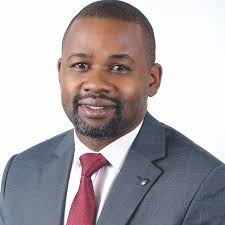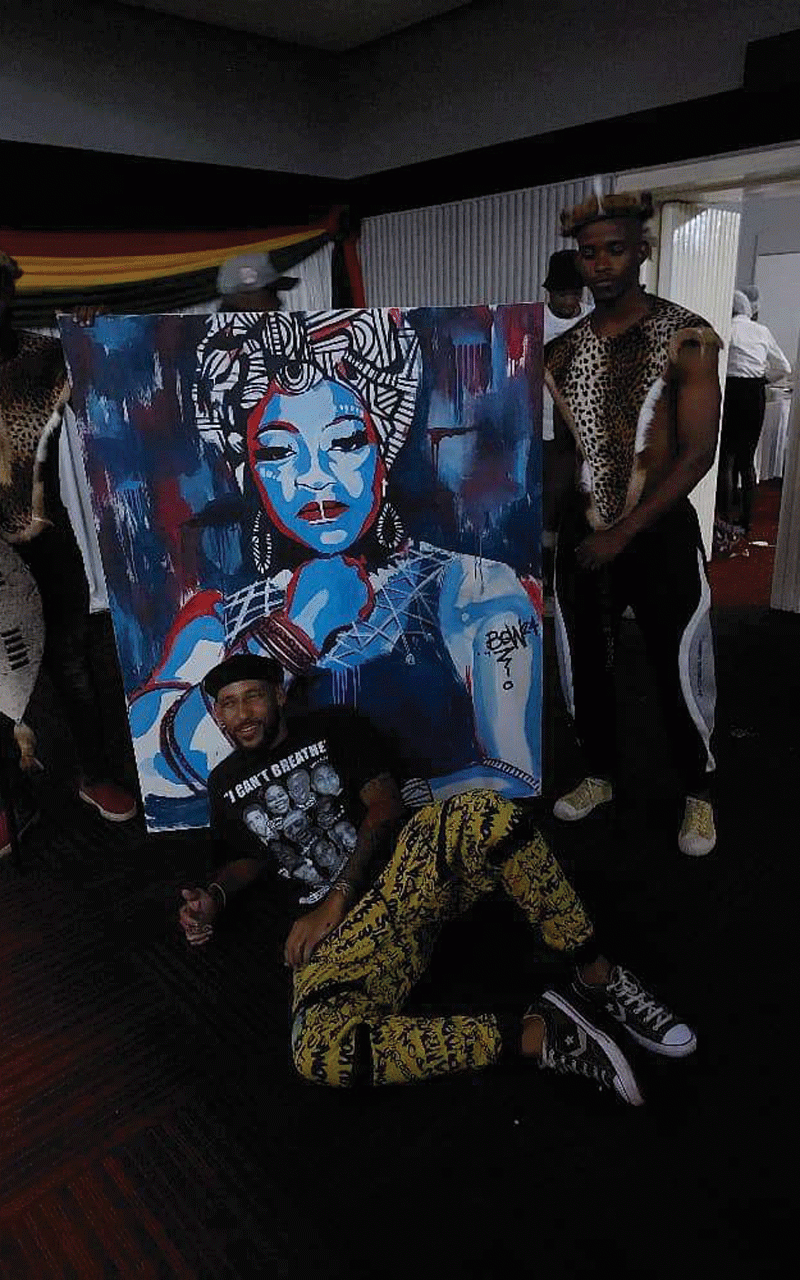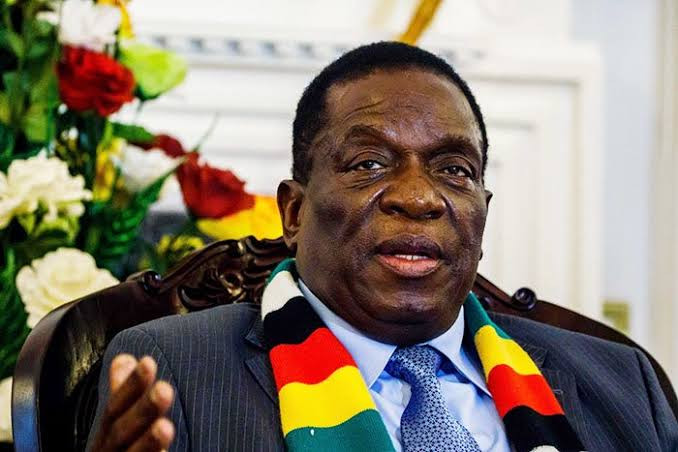
By Fred Zindi
I learned to play the guitar at the age of 10. Most of the boys in the neighbourhood were also trying to play that instrument.
We were lucky to have people like Enock Muparutsa of the All Blacks Combo who owned such an instrument and with permission from his wife, we would sneak into his house while he was at work to teach each other how to play the guitar.
He only discovered that we were stealing his guitar during his absence after I broke the G string of his guitar and did not know how to replace it before he came back from work. From that day onwards, I was banned from going anywhere near his house, but I had mastered a few guitar chords already. This was the time of Jimi Hendrix fame.
All the boys in the neighbourhood who had learned to play the guitar, could play Hey Joe as it was the easiest Jimi Hendrix song we learned using the simple chords C,G,D,A and E. I had mastered Hey Joe to the extent that during my school holidays, I would go and do jam sessions with many bands.
These included the Pepsi Combo, the 2D Sounds, the Pop Settlers, The Four Sounds, The Sounds Effect, The Pied Pipers, Groovy Union, The Four Aces, The All Saints and The Great Sounds.
They had all learned the chords to this song. So for me, it was simply asking for permission to go on stage and perform this song with them.
I tried to emulate Jimi Hendrix as much as I could and I began to think that I was the best guitarist in the country until one day I met Manu Kambani who played in a band called the Whitstones. He played Hey Joe with such ease as he summoned some of the unearthly sounds he coaxed out of his guitar. He turned his guitar to the speakers and the feedback that came out was just how Jimi Hendrix did it. He played Hey Joe like I had never heard it before. With my tail between my legs,I later went to shake his hand and congratulated him on his guitar prowess. I was defeated.
- Chamisa under fire over US$120K donation
- Mavhunga puts DeMbare into Chibuku quarterfinals
- Pension funds bet on Cabora Bassa oilfields
- Councils defy govt fire tender directive
Keep Reading
In the 1960’s and 1970’s, to me, Jimi Hendrix was the best electric guitarist the world had ever known. He influenced many a musician especially among us in Rhodesia. James Marshall “Jimi” Hendrix (born Johnny Allen Hendrix in Seattle, Washington on November 27, 1942 and died on September 18, 1970) was an American musician, singer, and songwriter. He began to play the guitar at age 15 in 1961. Although his mainstream career spanned only four years, he is widely regarded as one of the most influential electric guitarists in the history of popular music, and one of the most celebrated musicians of the 20th century.
He favoured overdriven amplifiers with high volume and gain, and was instrumental in popularising the previously undesirable sounds caused by guitar amplifier feedback. He was also one of the first guitarists to make extensive use of tone-altering effects units in mainstream rock, such as fuzz distortion, phaser, octavia, wah-wah and uni-vibe.
According to John Blake of CNN, Hendrix was called the greatest electric guitarist, but he was a frustrated musician who wanted to learn how to read and write music, wished he sang better and complained about not being able to play sounds he heard in his head on his guitar. He eventually wanted to learn how to play other instruments. He wasn’t just an African-American; Hendrix also had Native American ancestors. He would pay homage to his Native American roots with songs such as I Don’t Live Today and wore a Native American-inspired outfit at Woodstock.
As kids who were subjected to Rock music during Rhodesia, we did not know what Jimi Hendrix was about neither did we care. We simply saw him as an American Rock star who was also a great guitarist. However, blacks in America dismissed him as a musical Uncle Tom while whites only saw him as a stereotype, a black man trying to play white Rock.
Two weeks after closing Woodstock with his reinvention of The Star Spangled Banner, Jimi Hendrix decided to offer a free concert for a group of blacks in Harlem which he called “my people.”
He held a concert for an African-American audience in Harlem, a place he once called home. Hendrix’s homecoming, though, was almost ruined as soon as he stepped on stage. Someone threw a bottle at him that shattered against a speaker; eggs splattered on the stage. Hendrix gamely played on while much of the crowd melted away.
“They didn’t like him,” says Charles R. Cross, who recounts the episode in his biography of Hendrix,“ Room Full of Mirrors”. He was jeered. People heckled him.”
Hendrix travelled to Harlem because he was trying to connect with his people, the blacks who had dismissed him as a musical Uncle Tom: a black man playing white man’s music. Music critics and biographers say Hendrix also was frustrated by legions of white fans who only saw him as a racial stereotype — a hypersexual black man who was high all the time — instead of a serious musician. Each time he went on stage, he was high. Alcohol and drugs had become the scourge of his existence.
This drove him to fits of pique and even bursts of atypical physical violence. He also seemed to live in a virtually all-white world. His two band mates in the Jimi Hendrix Experience were white. His audience was virtually all-white, and most of his girlfriends were white. As one observer noted:”Because Jimi played to white fans in an era of Black Power and separatism, they felt that he had betrayed his own race by having a white band and playing to an audience that was primarily white”.
Hendrix even talked and dressed like a hippie which was the trend amongst the white youth of the 1960’s, with his spacey verbal references, crushed velvet pants and bandannas. It might seem odd to suggest that Hendrix’s race was invisible to white fans; his skin colour was one of his selling points when he burst onto the American scene in 1967 with his performance at the Monterey Pop Festival in California.
Before he held his ill-fated Harlem concert, Hendrix told a New York Times reporter why he returned to his old neighbourhood:
“Sometimes when I come up here, people say, ‘He plays white rock for white people,’ ” Hendrix said. ” ‘What’s he doing up here?’ Well, I want to show them that music is universal — that there is no white rock or black rock.”
Hendrix’s quest for acceptance among his own people was a lifelong journey. He first tried to make it among black clubs on the Chitlin’ Circuit, but his virtuoso guitar playing didn’t fit the black popular music taste of the time. Songs like Purple Haze, All Along The Watchtower, Are You Experienced, Electric Lady, Band of Gypsys and Bold As Love did not resonate with black audiences.
“There was no place for Hendrix,” Tate, the journalist, says. Black music then “was based around the style of singing, harmony and production of Motown, the Marvin Gayes, The Otis Reddings and The Diana Ross styles.”
Hendrix even stopped by black radio stations to encourage them to play his music to no avail, says Cross, author of Room Full of Mirrors.
“It was very upsetting to him that he was not accepted in African-American radio stations,” Cross says.
Hendrix may have been the first black sex symbol American whites unabashedly embraced. At a time when a black man could be killed for being with a white woman, Hendrix was surrounded by white groupies, flicking his tongue and grinding his guitar before thousands of cheering white girls.
Few of these white fans knew, though, how much Hendrix’s life had been marred by racism.
Hendrix left his hometown of Seattle because of racism. He grew up in a world of abject poverty and family turmoil that was typical of black families at that time.
“What happened to Jimi would have never happened to a white male in that era,” Cross says. “Jimi was run out of Seattle for being black.”
Hendrix continued to experience racism as a musician. When he toured the Chitlin’ Circuit, he couldn’t go to the bathroom at gas stations in the South because they closed their doors to blacks. Even after he became a rock star, he was still racially profiled. Cross tells stories of Hendrix being mistaken for a bellhop in a swanky New York hotel, and of New York cabbies refusing to pick him up.
Even the rapturous reception Hendrix received when he travelled to London in 1966 for his first big break was tinged with racism. Various biographies of Hendrix noted that many of the white musicians he encountered had little exposure to black people and had difficulty accepting Hendrix as a superior musician. Some of their resistance to him was rooted in ego as well as race.
One infamous story tells how Hendrix had to kill God before he was accepted in London.
The Almighty was, in 1966, incarnate in Eric Clapton, the guitarist for Cream. He was considered so good that one graffiti artist in London declared, “Clapton is God.” When Hendrix arrived in the British capital, he shocked onlookers by asking Clapton if he could join him on stage. Clapton consented and Hendrix launched into a blistering version of Killing Floor, an up-tempo blues classic.
Clapton couldn’t keep up and afterwards stormed off the stage, humiliated just like I was when Manu Kambani came on stage.
“You didn’t tell me he was this f***ing good,” Clapton told Chas Chandler, Hendrix’s manager.
Details are disputed concerning Hendrix’s last day and death. He spent much of September 17, 1970, with Monika Danneman in London, the only witness to his final hours. She said that they talked until around 7 a.m., when they went to sleep. Dannemann awoke around 11 a.m. and found Hendrix breathing but unconscious and unresponsive. She called for an ambulance at 11:18 a.m., and it arrived nine minutes later. Paramedics transported Hendrix to Saint Mary Hospital where Dr. John Bannister pronounced him dead at 12:45 p.m. on September 18. Hendrix aspirated his own vomit and died of asphyxia while intoxicated with an overdose of barbiturates.
Hendrix, some say, was like his music: ahead of its time. He was a genius.
- Feedback: frezindi@gmail.com










